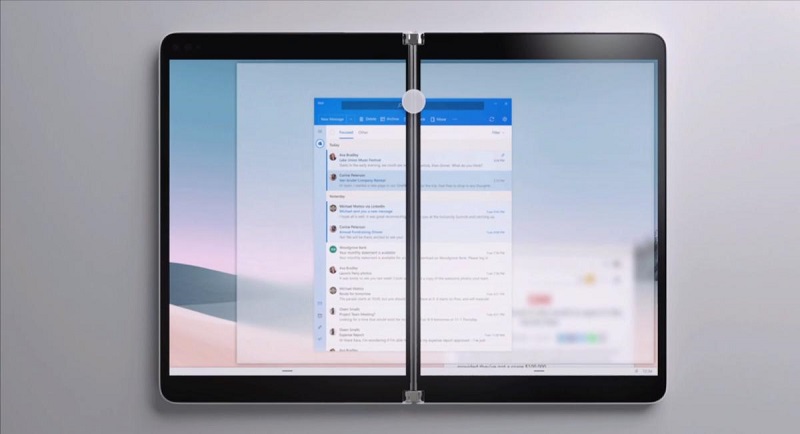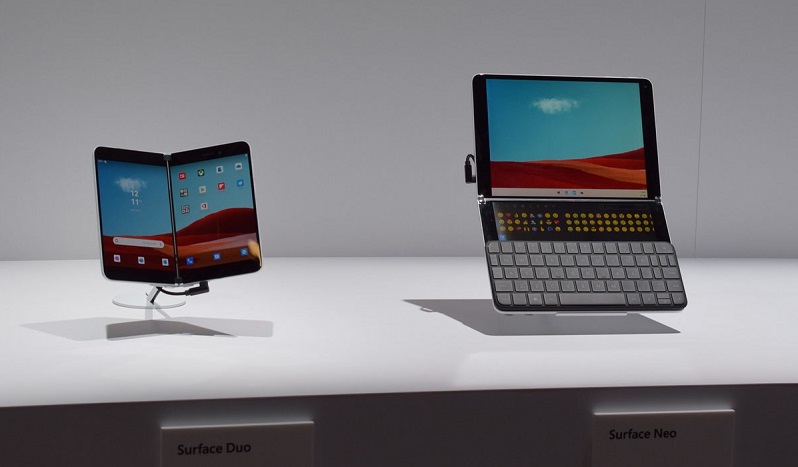
While Apple has always closely followed the model of integrated hardware and software, Microsoft has taken a different approach keeping its Windows platform very much separate from anything it did on the hardware front, trying to keep its focus on being the one operating system for all PCs. That strategy may be changing with ZDNet reporting that Microsoft will be rolling their Devices and Windows division into one.
According to the report, Joe Belfiore, who was running Windows Experience, is now moving over to the Office side of Microsoft later this year. His space will be taken over by Chief product officer Panos Panay, who was formerly looking over the Devices side of the business and will be heading this consolidated group.
While this move is unlikely to change Microsoft’s plan to keep Windows an operating system for all devices, it will likely mean some closer integration on the hardware front that may give it better performance on Microsoft hardware than other suppliers hardware. Given that Apple has shown that the money really lies in hardware rather than operating systems at the moment, it makes sense for Microsoft to try to take advantage of this. As echoed by Panay himself in a memo published by The Verge:

Personally I’m very excited to lead the Windows Client for Microsoft, which will help us streamline our decision-making processes, be clear on our priorities, and deliver the best end-user experiences from silicon through operating systems across all Microsoft apps and service-connected devices (OEMs and Surface). We believe this will make the Windows Client experience better for the entire PC ecosystem. Designing hardware and software together will enable us to do a better job on our long term Windows bets (dual screen, silicon diversity, connectivity, app platform, etc.) and having a single point of Windows Client Experience leadership driving consistent priorities and resourcing across all of Windows client will help all of us accelerate innovation and improve execution. This is such an amazing time and opportunity to bring more energy to Windows and our customers using Windows. It won’t be easy but extending our growth will be key for our company strategy.
Microsoft is also taking its cloud business very seriously and with a continued focus on the cloud space, it’s also likely that native operating systems on machines could become less important in the long run and Microsoft may see this as a way of maximising potential while they can and better aligning their operating system closer to the hardware level.
This is, of course, all pure speculation for now though and for the short term, I wouldn’t expect anything to change, with Windows 10 continuing to get the broad focus and support it continues to get. Windows 10 remains a popular operating system across many hardware manufacturers and Microsoft will still look to keep it that way for the time being.
Last Updated: February 7, 2020




















